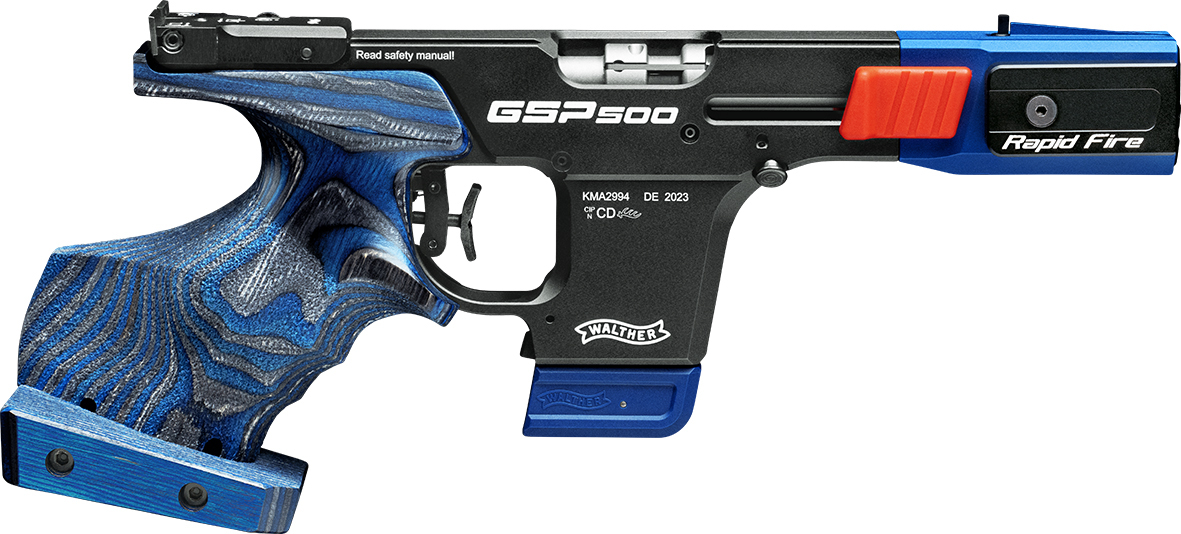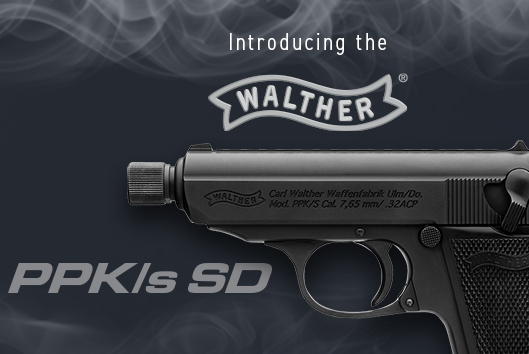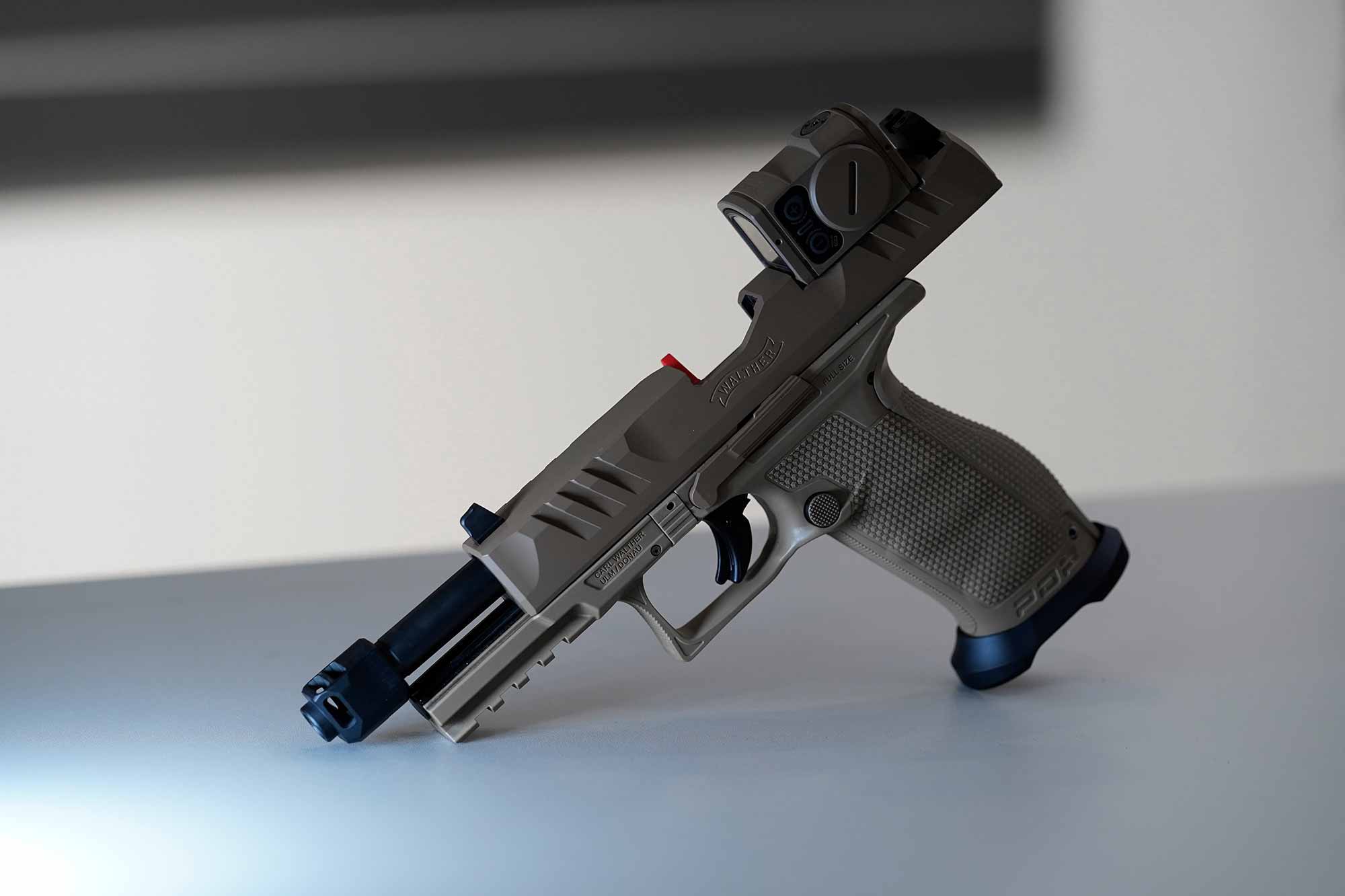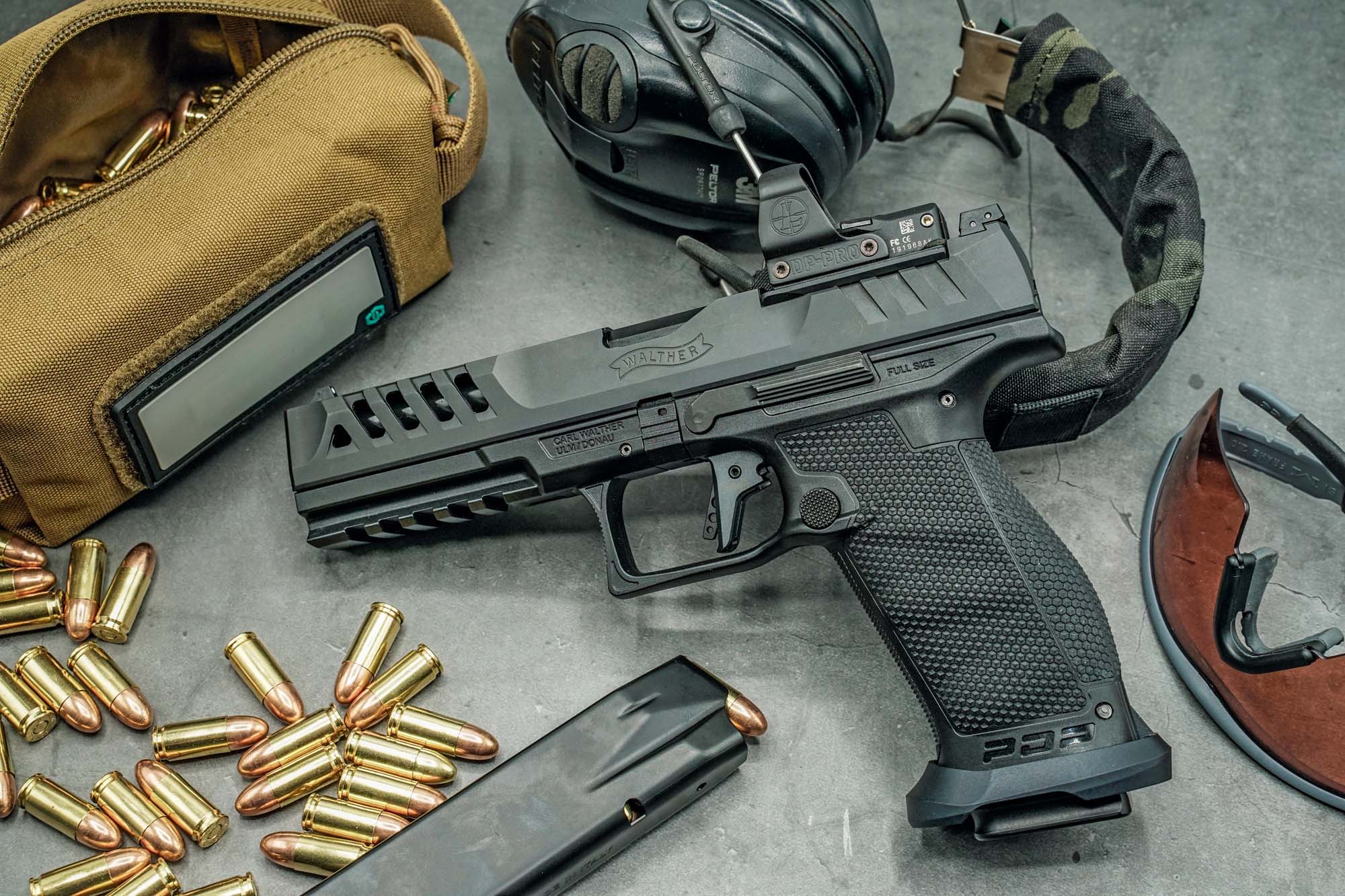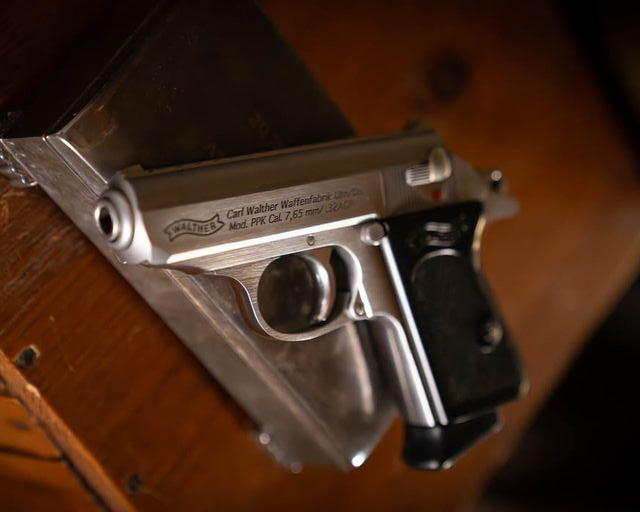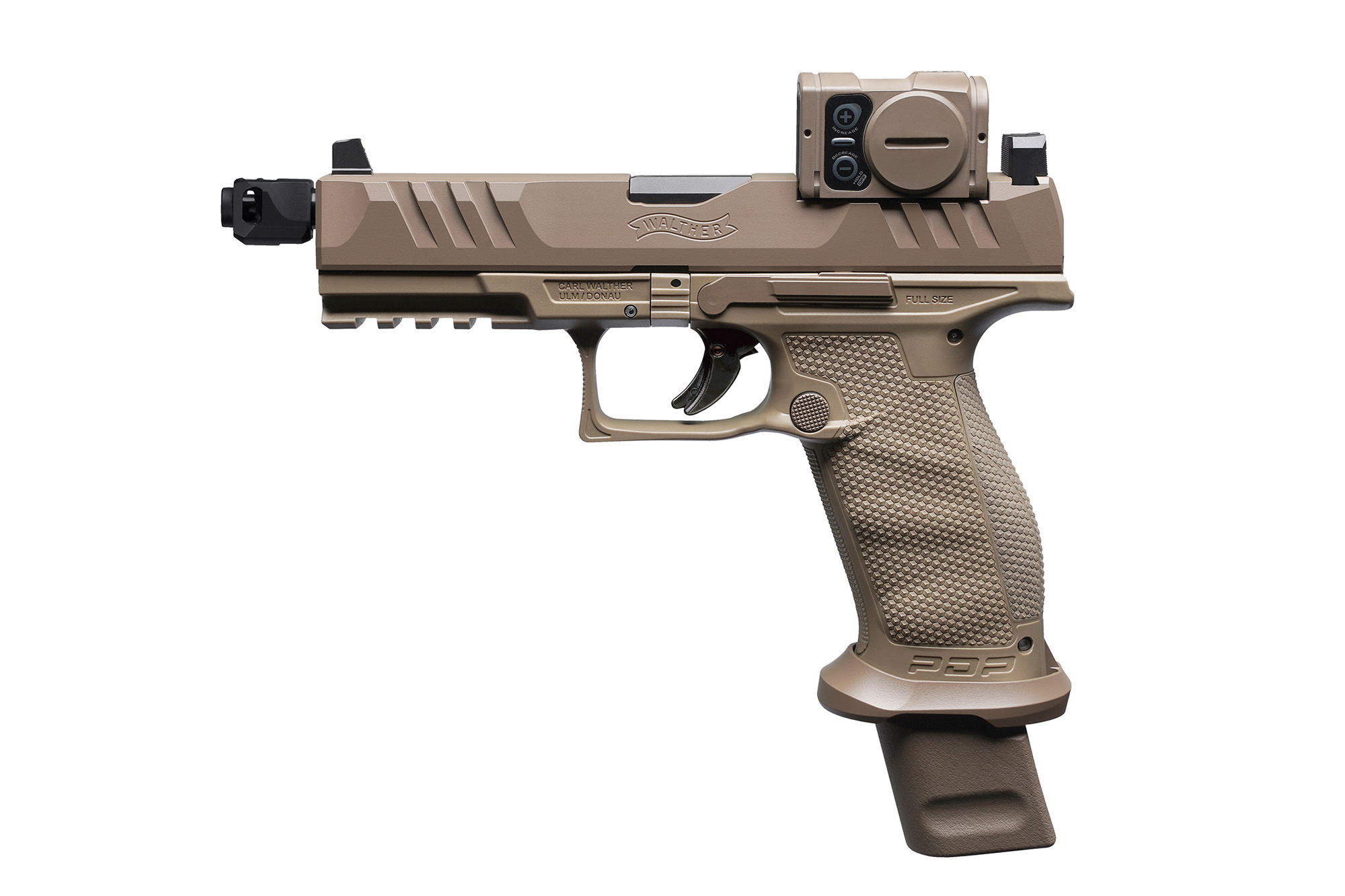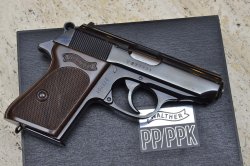
The semiautomatic Walther PPK is one of the most famous and iconic modern handguns that was issued to the Third Reich army and the German police. Reportedly, even Adolf Hitler killed himself with a 7.65 mm Walther PPK.
To further amplify the fame of this gun Ian Fleming, the English writer, armed James Bond with it, the licensed-to-kill secret agent created in 1952 who became the protagonist of one of the richest cinematic and literary franchises.
Video: shooting test with Walther PPK
Walther PPK: a pistol for the police
But back to our PPK: it was produced since 1931 as a compact version of the PP model (Polizei Pistole – police pistol) introduced by the Carl Walther GmbH Sportwaffen company, located at Zella Mehlis, in Thuringia.
Although there are at least two theories about the meaning of the abbreviation, the most logical one is that it derives from Polizei Pistole Kurz (short police pistol) to point out that it is the compact version of a pre-existing weapon, but other sources want it to stand for Polizei Pistol Kriminal, with reference to its use by the German Kriminal Polizei (criminal police). Whatever its true origin, the PPK acronym is certainly one of the best known and recognizable for weapon enthusiasts.
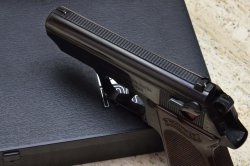
After World War II, the production of this weapon was resumed by the French Manurhin, headquartered in Mulhouse, Alsace, and then in 1955 it continued in the Walther factory in Ulm, that in the meantime had recovered from the vicissitudes of war.
Over the years, the PPK changed hands: at the end of the 1970s it was produced in the USA by Interarms and Smith & Wesson, and then definitively returned under the control of Walther, which still produces it in its US Fort Smith factory, In Arkansas.
Walther PPK, still a good choice for personal defense
Let's look in detail at this gun, that almost a century after its introduction is still perfectly capable of being used as a personal defense weapon.
Chambered in 9 Short, 7.65 Browning or 22 LR, the PPK is a semi-automatic pistol with a single-stack magazine holding 8 rounds in 7.65 or 7 rounds in 9 short and 9 rounds in .22LR. The length of the barrel is 83 mm (5 mm less than the PP) for a total length of 155 mm compared to the PP's 170 mm.
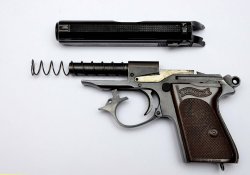
It is a double action/single action weapon, with a slide-mounted manual safety that also acts as a decocker.
On the original model produced in the Zella Mehlis factory, the back and front sights are integral with the slide, while on the versions produced by Manurhin in France and Ulm (former East Germany) after the war the backsight is adjustable, mounted in a dovetail. Carefully-made wavy grooves on the topstrap reduce glare, as well as bringing us back to times when even weapons made for the police or the military were built with a refinement that is today inconceivable.
The action is a blowback system with fixed barrel, the latter certainly contributing to a remarkable accuracy on the medium-short distances for which the weapon was conceived. The trigger is generally good.
Surely the parts of the weapon that today appears more obsolete are the fixed sights. Of course we are referring to the original model. In any case, nearly ninety years after it was marketed, the Walther PPK, which is still produced in 9 short in stainless steel or blued finish, is a lightweight, uncumbersome, accurate handgun, and where the use of expanding bullets is allowed, it's certainly suitable for personal and home defense.
Especially in the Manurhin and Ulm versions it is also relatively easy to find on the second-hand market at affordable prices. In the video we have a lot of fun with a beautiful Ulm-made PPK, bought as new in an armory. Enjoy!
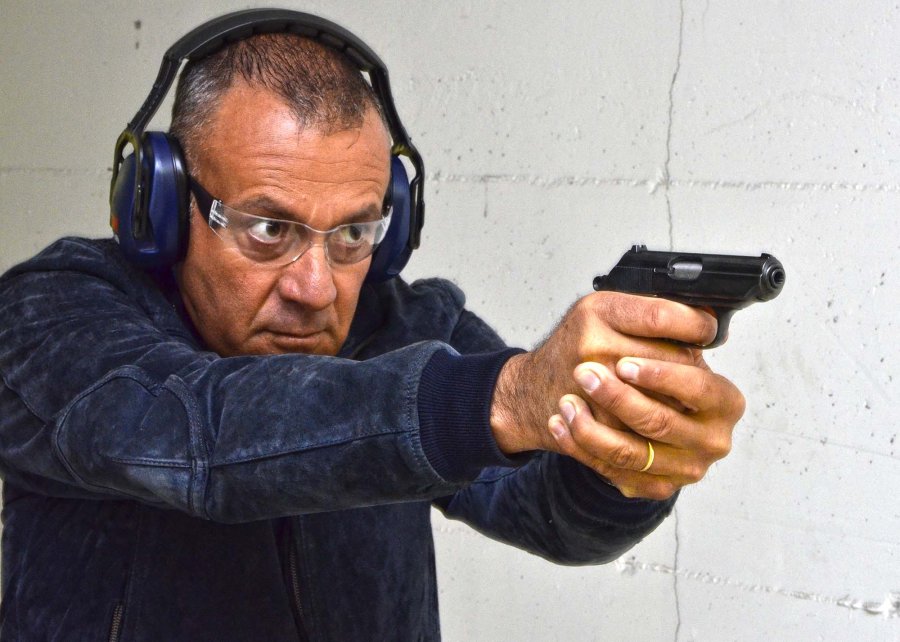
For more information, please visit the Walther Arms website.



